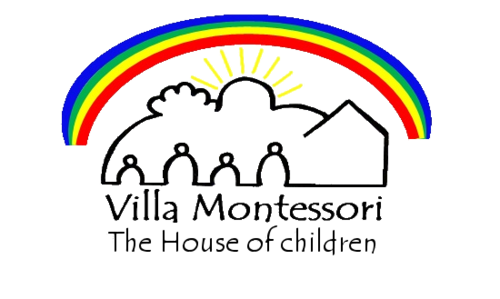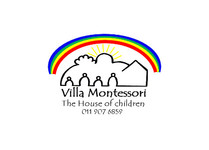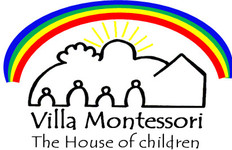QUESTIONS AND ANSWERS
What is it?
It is a system of education in both a philosophy of child growth and a rational for guiding such growth. It is based on the child’s developmental needs for freedom within limits and on a carefully prepared environment that guarantees exposure to materials and experiences through which to develop intelligence as well as physical and psychological abilities. It is designed to take full advantages of the self-motivation and unique ability of young children to develop their own lives, but the children themselves must direct their responses to those possibilities.
How did it begin?
Dr Maria Montessori, the first woman to graduate from the University of Rome Medical School, became interested in education as a doctor treating retarded children. After returning to the University for Further Study she began her work with normal children in 1907, when she was invited to organise schools in a reconstructed slum area of San Lorenzo, Italy. Later, she travelled all over the world lecturing about her discoveries and founding schools. She died in 1952.
Is it for all children?
The Montessori system has been used successfully with children aged 2 years from all socio-economic levels, representing those in regular class as well as the gifted, the retarded, the emotionally disturbed, and the physically handicapped. It is also appropriate for classes in which the student teacher ratio is high, because the children learn at an early age to work independently.
Key premises of Montessori education are:
1. Children are to be respected as different from adults and as individuals who differ from each other.
2. Children possess unusual sensitivity and mental powers for absorbing and learning from their environment that are unlike those of adults, both in quantity and capacity.
3. The most important years of growth are the first six years of life, when unconscious learning is gradually brought to conscious level.
4. Children have a deep love and need for purposeful work. The child works, however, not as an adult for profit and completion of a job, but for the sake of the activity itself. It is this activity which accomplishes the most important goal for the child, the development of his or her mental, physical and psychological powers.
Is the child free to do what he chooses in the classroom?
The child is free to move about the classroom at will, to talk to other children, to work with any equipment he or she understands, or to ask the teacher to introduce new material to him or her. The child is not free to disturb other children at work or to abuse the equipment that is so important to the child’s development.
What does it do for the child?
Observers of Montessori children have described them as having developed self-discipline, self-knowledge, and independence, as well as enthusiasm for learning, an organised approach to problem solving, and academic skills.
What does the teacher do?
The teacher is working with the individual children, introducing materials and giving guidance where needed. A primary task is careful observation of each child in order to determine his or her needs and to gain the knowledge needed in preparing the environment to aid the child’s growth. The method of teaching is indirect, in that it neither imposes upon the child as in direct teaching, nor abandons the child as in a non-directive approach. Rather, the teacher is constantly alert to the direction in which the child has indicated he or she wishes to go, and actively works to help the child achieve his or her goals.
What happens when children go from a Montessori class to a traditional class?
Most children appear to adjust readily to new classroom situations. In all likelihood this is because they have developed a high degree of self-discipline and independence in the Montessori environment, and because of the adaptability of young children in general.
How can parents help at home?
To give the child the best opportunity for development, the Montessori principles and philosophy should be implemented in the home from birth. Parents need to read books as well as attend workshops, lectures and courses, if possible, on implementing the Montessori philosophy in the home. If the home and school environment complement each other, the child will receive the maximum benefit.


